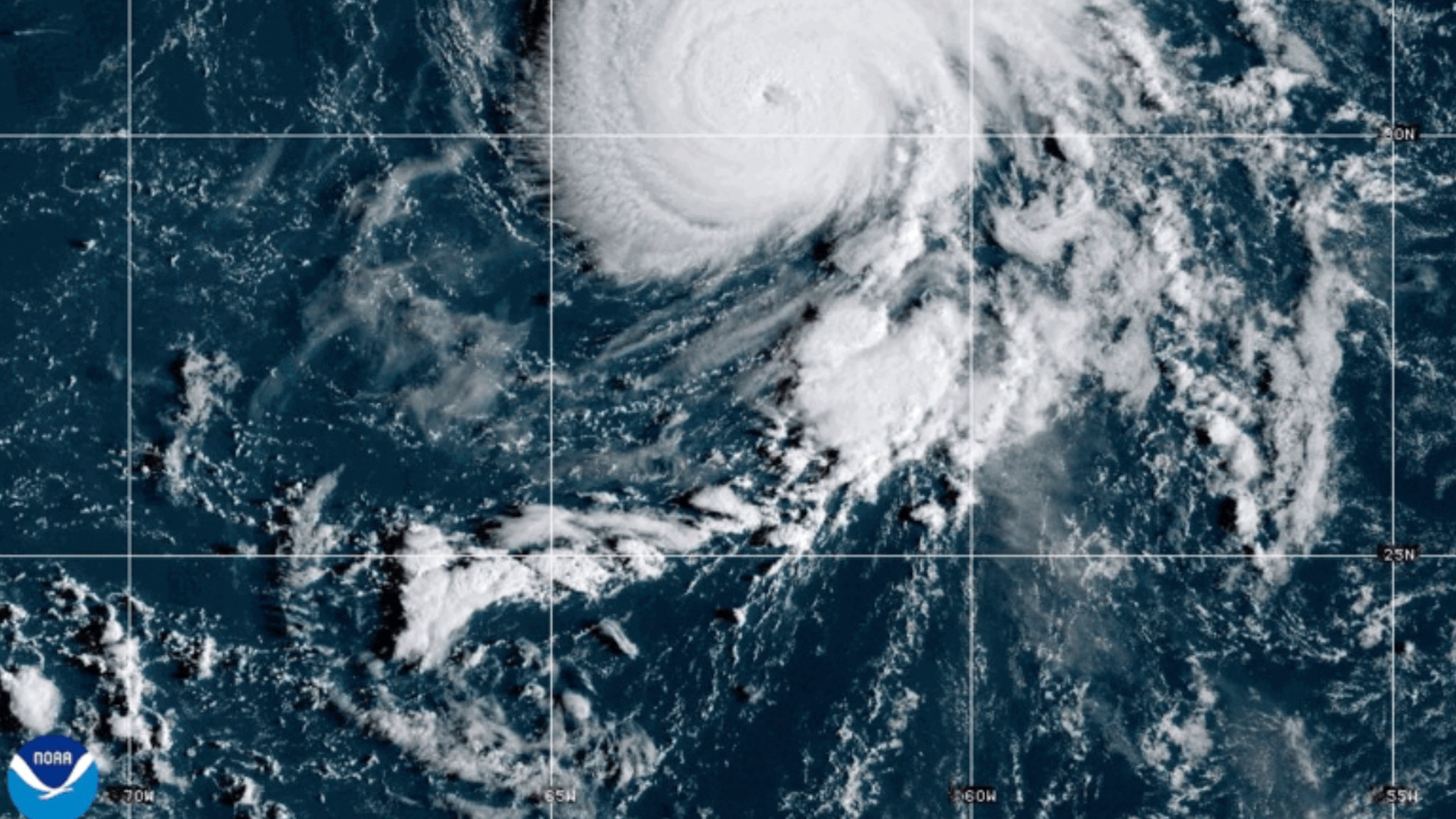Gabrielle becomes at Category 4 hurricane and forecasters advise Azores to take notice

MIAMI (AP) — People in the Azores archipelago were advised Monday to monitor the progress of Hurricane Gabrielle which is now a Category 4 hurricane in the central Atlantic Ocean, the National Hurricane Center said.
Gabrielle had maximum sustained winds of 140 mph (220 kph) on Monday afternoon as it skirted to the east-southeast of Bermuda, according to a hurricane center advisory.
The major hurricane was still over 2,000 miles (3,230 kilometers) west of the Azores, however forecasters project that the system will continue to the north and east over the next several days. The hurricane could approach the islands by the end of the week.
THIS IS A BREAKING NEWS UPDATE. AP’s earlier story follows below.
MIAMI (AP) — Gabrielle strengthened into a major hurricane in the Atlantic Ocean on Monday but was forecast to remain away from land.
The Miami-based National Hurricane Center said Gabrielle's maximum sustained winds were 120 mph (191 kph), making it a dangerous Category 3 hurricane.
The storm was located about 180 miles (290 kilometers) southeast of Bermuda. It was moving north at about 10 mph (16 kph).
Gabrielle had become a Category 1 hurricane on Sunday before it underwent intensification in warm Atlantic waters. The storm's path was taking it east of Bermuda.
Swells from the storm reached Bermuda on Sunday and were impacting the U.S. East Coast, from North Carolina northward to Canada's Atlantic coast. Forecasters said the swells were likely to cause “life-threatening surf and rip current conditions.”
This year’s Atlantic hurricane season has been relatively quiet and before Gabrielle there was only one named hurricane in that ocean. Experts say there’s a few reasons for that, but it doesn’t mean dangerous systems won’t form later.
The Atlantic hurricane season ends Nov. 30.
In the Pacific, Tropical Storm Narda emerged offshore of Mexico on Sunday. Forecasters said coastal parts of the country could receive up to 4 inches (10 centimeters) of rain Monday night.
The hurricane center said Narda had top sustained winds of about 50 mph (80 kph) and was about 245 miles (394 kilometers) south-southeast of Manzanillo, Mexico, while moving to west-northwest at 13 mph (20 kph). Narda was expected to take a turn to the west Monday and become a hurricane on Tuesday, the center said.
More Stories
The Latest
